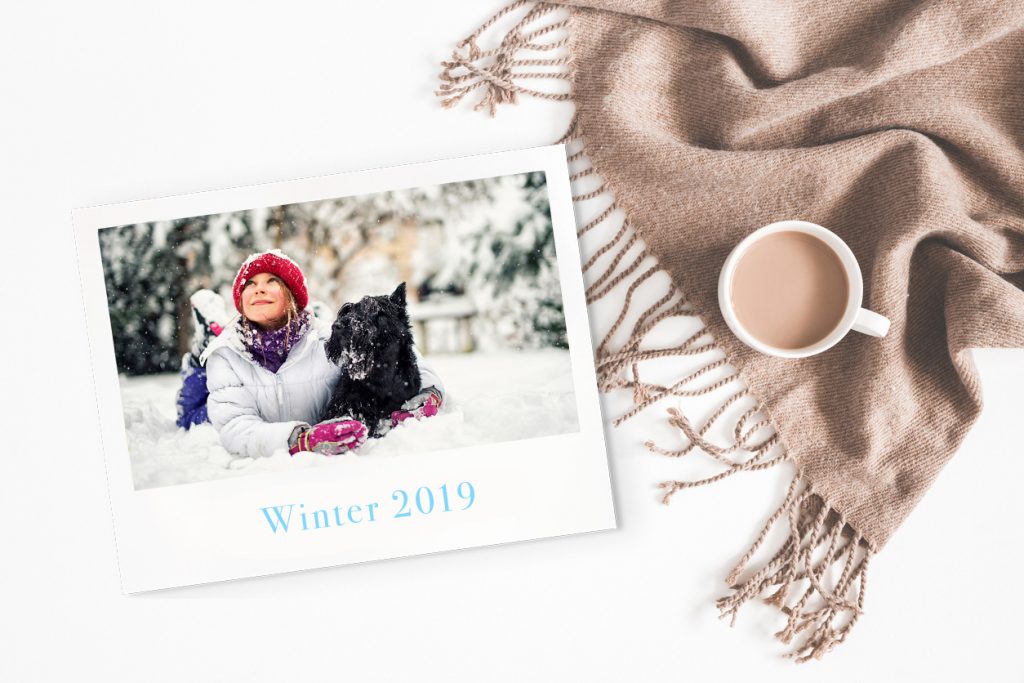Reading Time: 6 minutes read
There’s something about a winter landscape … the way the sun reflects crystalline off the snow, the shadows frozen on the ground, the sting of the air … Exploring the world on a fresh, crisp wintry day makes all your senses alter. It’s simply electrifying.
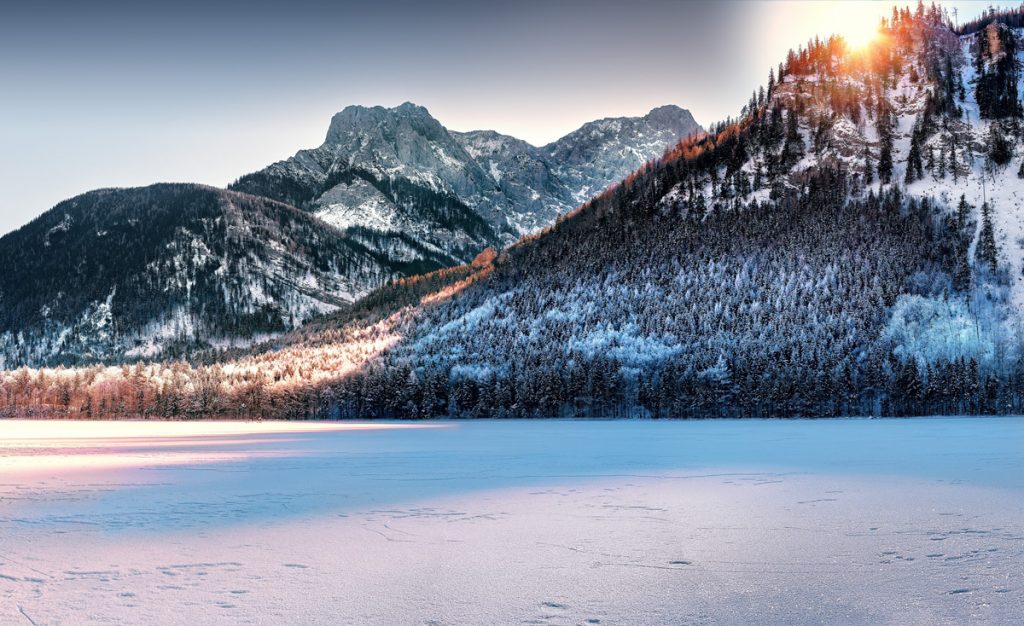
When it comes to photography, however, many of us look at winter as the off-season, choosing to stay cozily inside instead of venturing out on gray, rainy days.
Don’t miss a great opportunity. Winter brims with opportunities to capture magic moments. We just need a few helpful tips and the courage to brave the cold.
1. Winter settings for photos
To our eyes, snow is a bright white, but to your camera, it will come out a muddy grey. To compensate, overexpose the shot to let in that light. This will help the camera capture the snow’s vibrancy. It’ll take a few trial runs to get the exposure just right, but don’t worry. You can adjust the exposure and white balance in post-processing—also helpful if you’re using a smartphone that doesn’t allow you to adjust exposure.
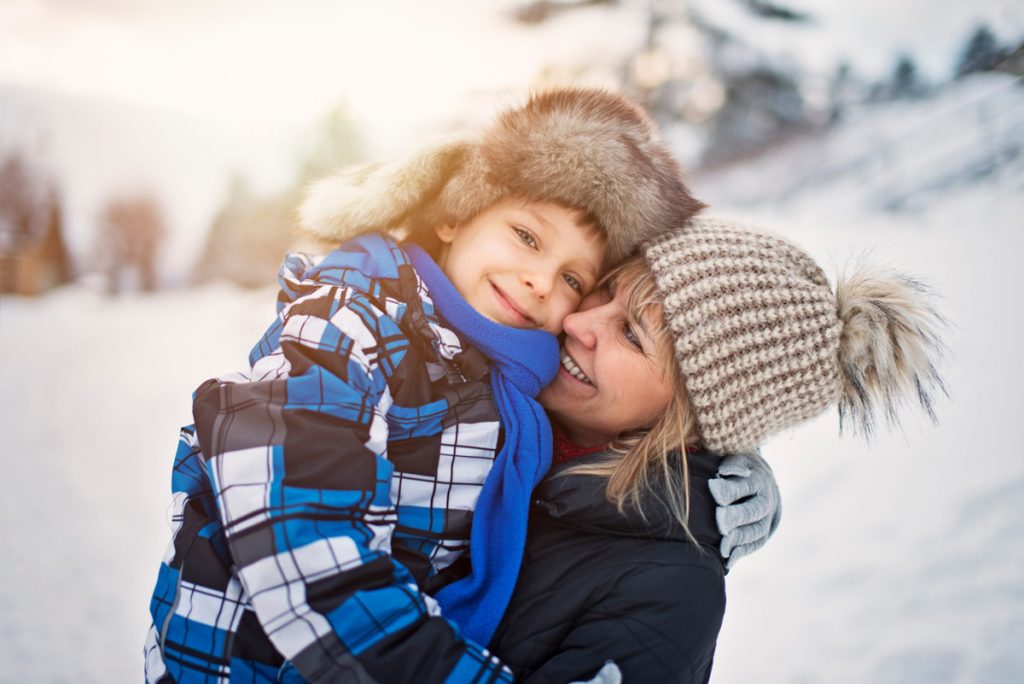
If you’re shooting in snowfall, use a long-focus lens and a quick shutter speed. This will blur the snowflakes to appear larger and brighter. Keep the subject in focus, and the effect can be truly breathtaking.
2. Best lighting during the winter
For winter lighting, you can’t beat the blue hour. The blue hour occurs twice a day, once before sunrise and once just after sunset. It’s named for the intense dark blue that briefly highlights the world but, on certain days, you may also enjoy creamy oranges and delicate purples stirred in.
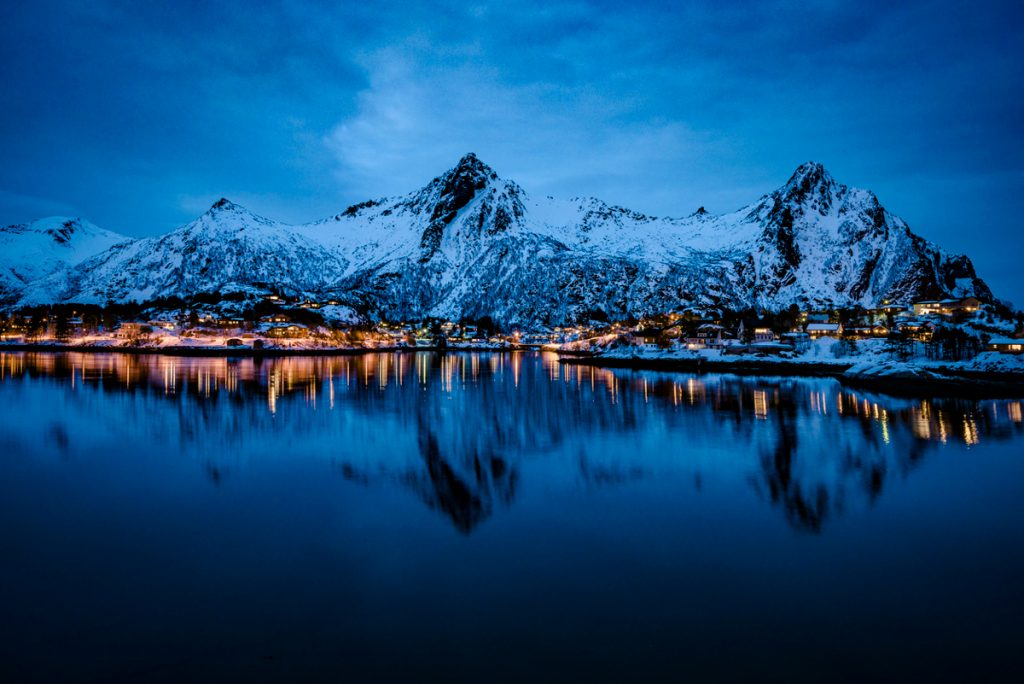
The blue hour enhances most outdoor landscapes: lakes, city streets, bayside boardwalks, snow-patched fields, you name it. You’ll want to set your camera to adjust for the lack of light, and make sure to keep it steady, especially if you’re shooting on your smartphone.
Taking things inside, use the natural light flowing in from windows and doors. This is a general tip for all seasons, but you’ll find the quality of light changes with the winter season.
Summer’s bright, striking light offered you the chance to explore dramatic angles, but in winter, you’ll find the light pushing through low hanging rain clouds is greatly diffused, resulting in a softer, neutral light. Use this light to create some calm, contemplative compositions.
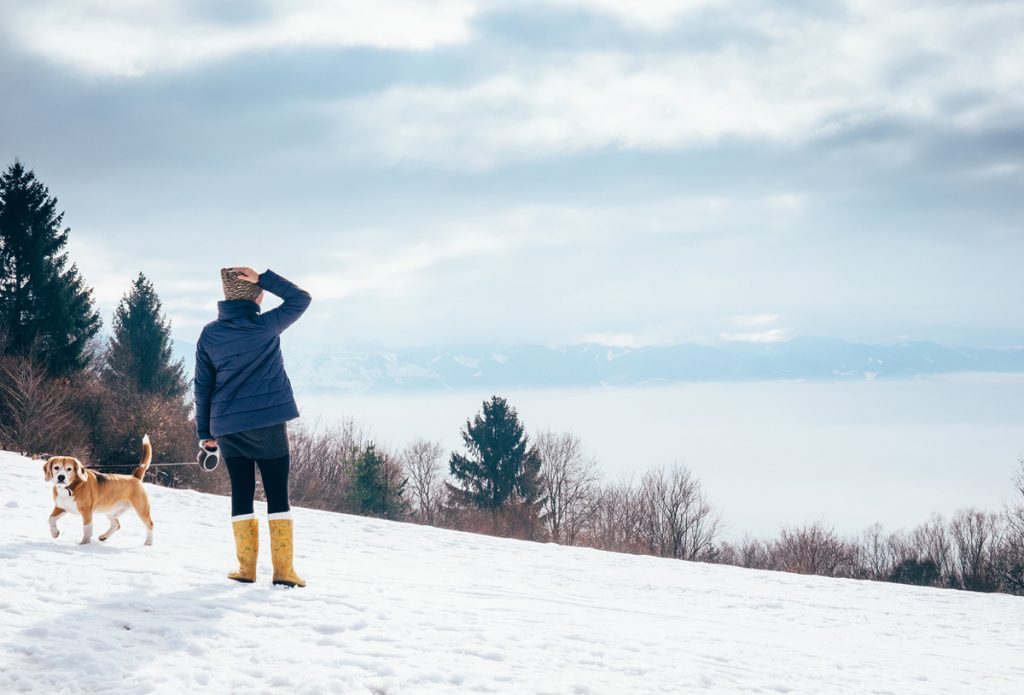
3. How to shoot with nature
One word: contrast. When shooting a landscape—or most any natural composition in winter—use contrast to your advantage. It can be a color, a texture, a shape, or the juxtaposition of the natural with the manmade. A pristine white of a snowy hillside is pleasant, but it will come to life when contrasted with the colors of a sunset, and the bright, dazzling colors of children’s winter coats were made to stand out in a winter backdrop.
Consider those less than ideal weather conditions, too. Sparkling snow is lovely, but chances are you’ll have more rainy days to work with. Rather than stay indoors, sipping a cocoa, and reading an Agatha Christie mystery novel—though that does sound nice—get out there and find a new perspective.
The lights and bustle of a city center make for excellent compositions on rainy evenings. The blur of the traffic and the way the lights melt across the pavement provide an impressionistic view of the world that can be stunning if captured at the right moment.
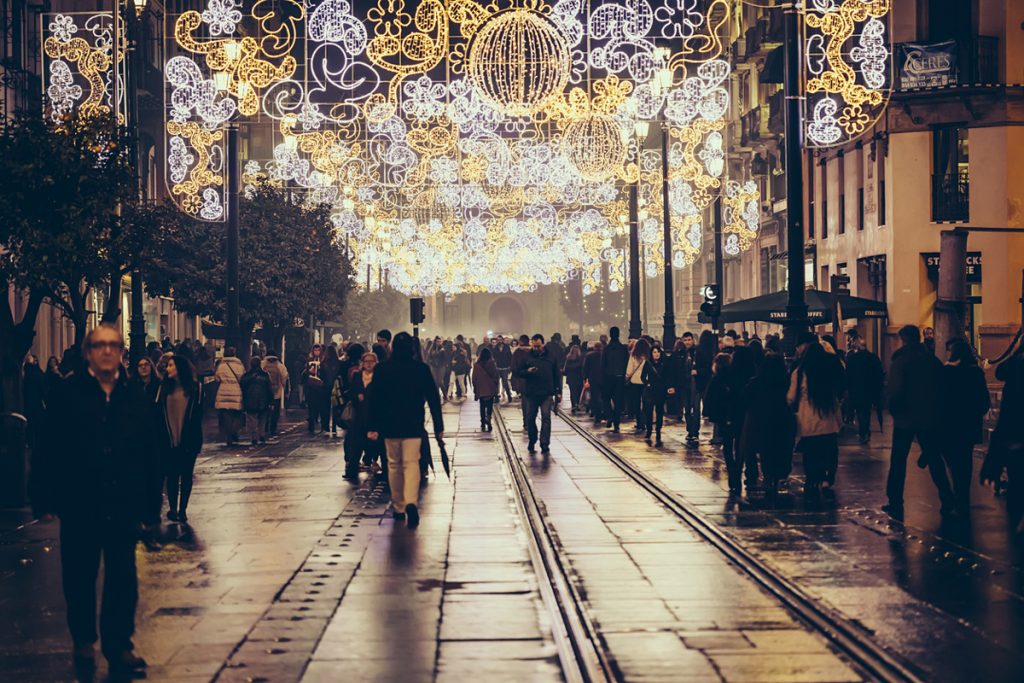
Finally, don’t forget to look closer at the smaller things. Ice crystals painted on windshields, raindrops hanging from holly berries, the dying embers in a fire, abandoned jackets and gloves littering the play area. Winter is full of these minute slices of life just waiting to be discovered and shared.
4. Edit for the cold
Winter can offer a wide spectrum of weather, subjects, and angles with which to approach your photography. When post-processing your photos, choose settings that are appropriate to the composition.
If you’re processing a snowy shot, make your whites cool and your shadows dark. Your photography will feel like winter, giving you the shivers just looking at it. However, this approach won’t work for a rainy cityscape at night, where you want the colors to pop. Get some vibrancy in there by upping the saturation and contrast.
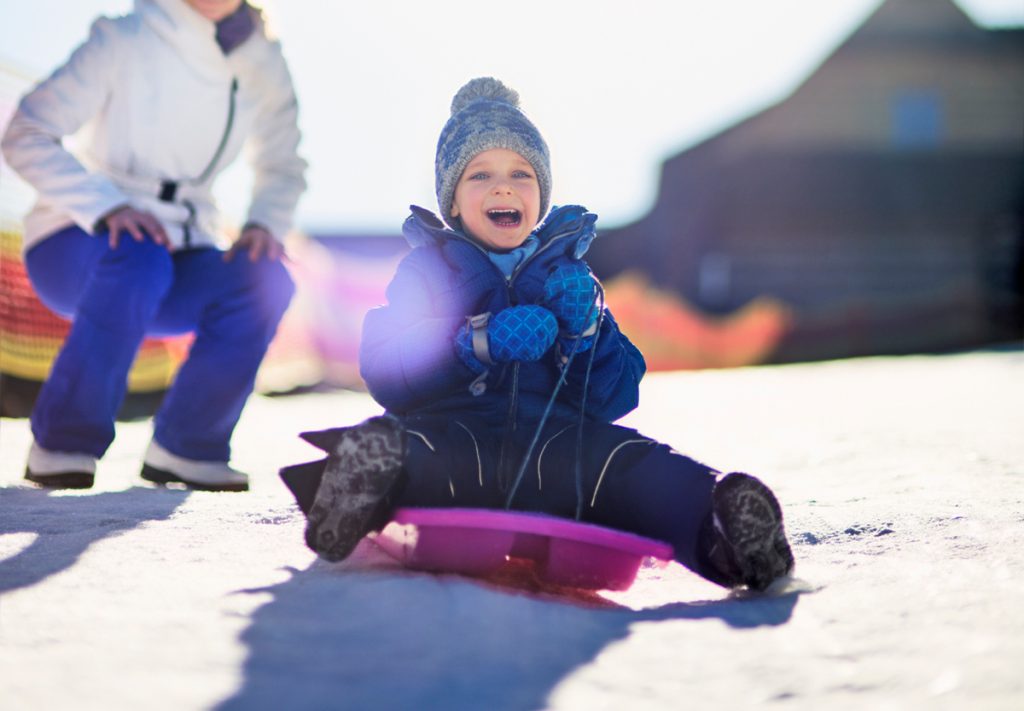
You’ll want to experiment with post-processing to find a wintery style that is all your own, but taking the time to play around with these settings can take a decent winter photo to one that expresses all the emotions of the season.
5. Winter clothing for photos
Unless you live in the tropics, you’re going to be snapping shots in the cold. Dress appropriately for the frigid weather, or you’re going to be uncomfortable. Layers will keep you warm and cozy, and don’t wear anything that absorbs water. Waterproof shoes, a thick pair of wool socks, and a jacket that repels water are all good choices.
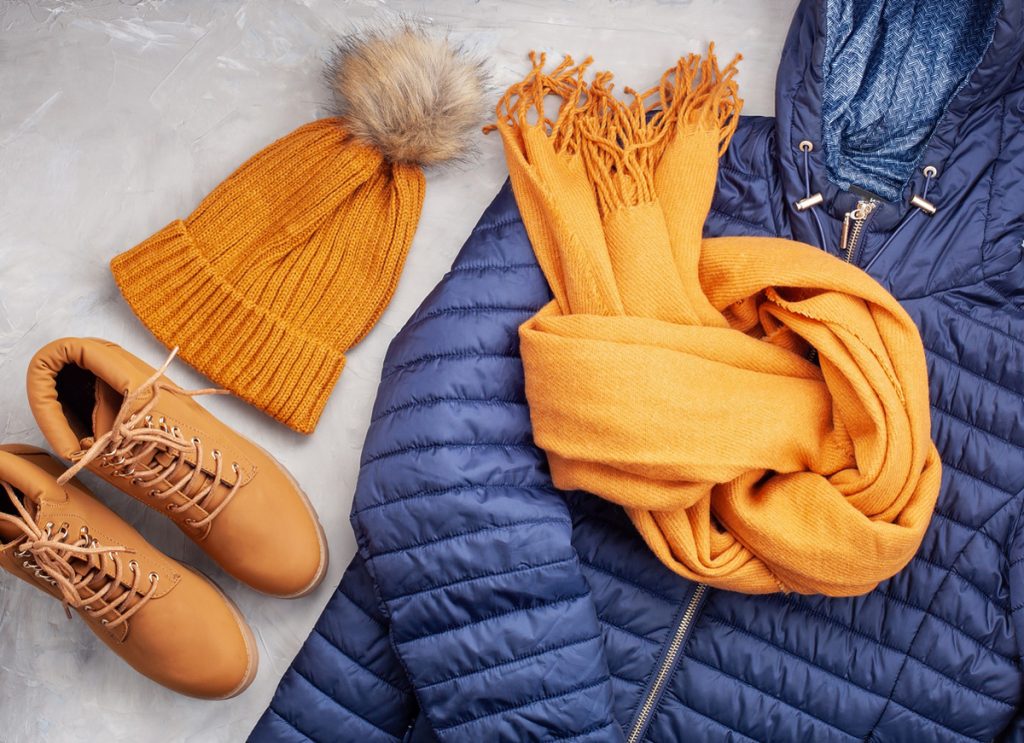
Two important body parts to consider: your hands and your head. You’ll need to expose both to the elements, so you need a plan.
Your hat should be able to pull down around your ears or include ear flaps like a trapper hat. If your headgear comes with a way to keep your nose toasty, like a balaclava, that’s great. Otherwise, consider bringing a thick scarf. When choosing a scarf think function, not fashion.
Gloves need to be appropriate to your gear. Are you using a camera with intricate knobs and dials? Bring gloves that allow your fingers to escape without taking them off every time you want to adjust a setting. Doing some photography with your iPhone? Make sure your glove includes fingertip material that interacts with the touchscreen.
Sharing the season’s magic
We hope we inspired you to see winter as more than just a stopover between fall and spring in your photographic journey! Snow is nice, but it’s just the tip of this brumal iceberg. Winter is replete with memories and experiences, large and small, in the most unexpected places. They just have to be discovered by someone with the adventurous spirit and keen eye to find them. The only thing better than discovering such moments is, of course, to share them.
